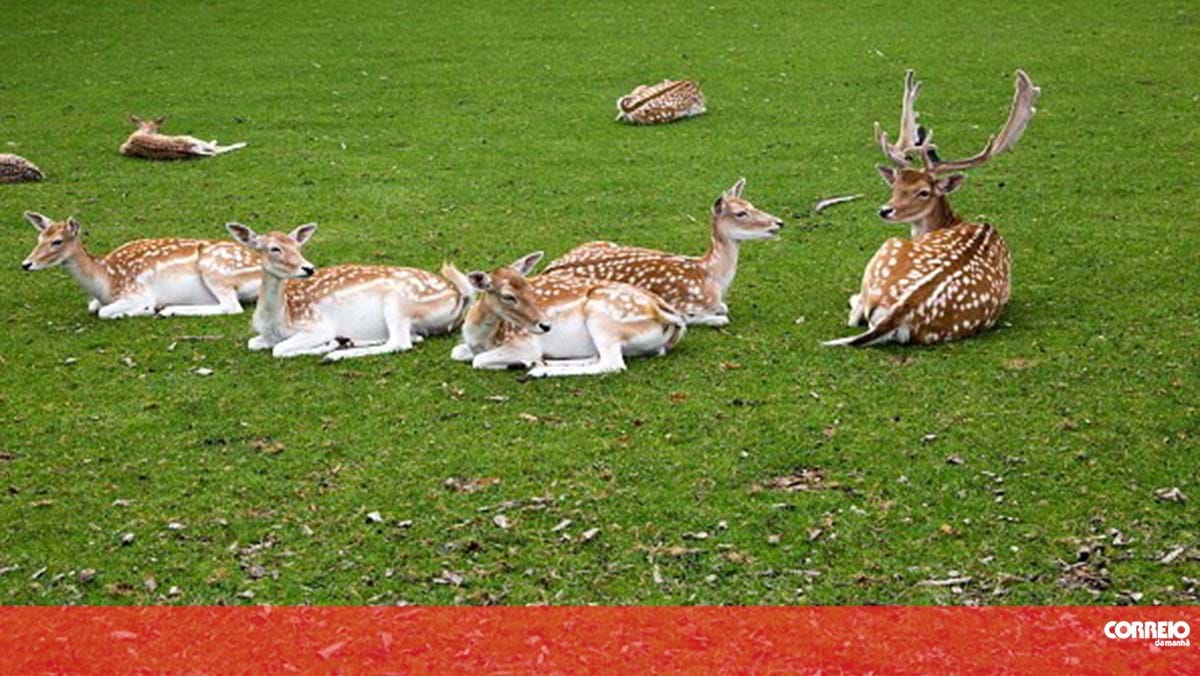A study with Portuguese paleontologist Ricardo Araujo suggests that endothermy, the metabolic mechanism known as warm-bloodedness, evolved later in mammalian ancestors than previously thought, about 233 million years ago.
According to a study published this Wednesday in the scientific journal Nature, endothermy “appeared simultaneously with other observable characteristics in mammals, such as the diversification of functions of different parts of the spine or the appearance of whiskers and/or,” the Instituto Superior Técnico (IST) in Lisbon said in a statement. which houses the Institute for Plasma and Nuclear Fusion, where Ricardo Araujo works using various materials characterization equipment.
So far, according to the same note, “the most unanimous consensus was that endothermy was achieved” in the mammalian evolutionary line “about 252 million years ago”.
Endothermy is the ability of some animals to use their metabolism to maintain a warm and constant body temperature.
IST adds that “an increase in body temperature in mammalian ancestors necessitated changes in the morphology of the inner ear, allowing scientists to pinpoint the evolution of endothermy by analyzing the structure of the ear” of the fossils, some of which were found in Mozambique.
Speaking to Lusa, Ricardo Araujo explained that the team studied “the anatomy of the semicircular canals of the inner ear of 56 ancestral mammalian species” and found that “the size of the radius of curvature” and “thickness of the canals, which part of the inner ear became significantly smaller in response to increased body temperature” .
To visualize the semicircular canals of the fossil’s inner ear, the paleontologist and other researchers used several machines, including the Grenoble Synchrotron, a particle accelerator in France.
Justifying the relevance of the work, Ricardo Araujo pointed out that warm blood is a characteristic of mammals such as humans, as well as birds, which “allows them to be independent of the external climate” or “to run further and faster.”
In a future study, the paleontologist intends to “understand the origin of endothermy in the evolutionary lineage of birds, that is, dinosaurs.”
The study, published this Wednesday, also involved researchers from the Natural History Museum in London, UK, and the Field Museum of Natural History in Chicago, USA.
Author: Lusa
Source: CM Jornal




